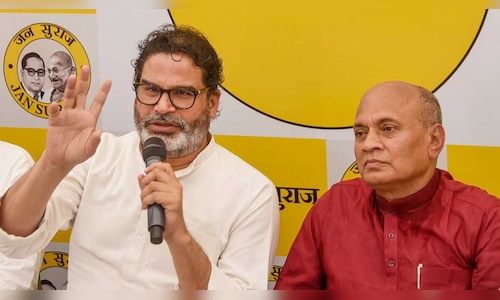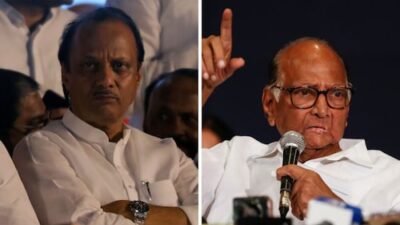Some analysts believe Singh could affect Nitish’s voter support, akin to how LJP (RV) leader Chirag Paswan influenced JDU’s outcomes in the 2020 state elections. A decline in JDU’s seat count could indirectly favor the Mahagathbandhan.
BJP’s predicament
The BJP is grappling with its own issues amid Nitish Kumar’s waning popularity and has thus far hesitated to present him as the chief ministerial candidate. Kishor has asserted that if the NDA secures a victory, the BJP might install its own chief minister, a scenario that could lead to discord within the JDU-BJP coalition.
Kishor has also consistently targeted the RJD and its MLA Tejashwi Yadav. His strategy seems focused on capturing the RJD’s youth vote, especially among Yadav and Muslim constituents. Should Jan Suraaj successfully penetrate the Mahagathbandhan’s support base, it could pose difficulties for Tejashwi.
Which party or alliance will be impacted?
The merger of Jan Suraaj and Aasa is expected to challenge the NDA, particularly the JDU, as both Kishor and Singh are directly confronting Nitish. However, if Jan Suraaj also manages to diminish the Mahagathbandhan’s voter support, the election could evolve into a triangular competition, with both primary alliances losing traction.
NDA vs Mahagathbandhan: Who holds the advantage?
A tightly contested election is projected between the NDA and the Mahagathbandhan in 2025. Here is an analysis:
NDA
Strengths:
Nitish Kumar’s extensive experience in Bihar politics
Popular welfare initiatives under Nitish’s administration, such as Saat Nischay and women’s reservation
BJP’s strong organizational framework and access to central governmental resources
BJP leader Syed Shahnawaz Hussain has asserted that the NDA will secure over 200 seats under Nitish’s guidance.
Weaknesses:
Nitish Kumar’s decreasing popularity and increasing anti-incumbency sentiments
A recent survey indicated that only 17% of respondents preferred Nitish as chief minister, while Tejashwi Yadav garnered support from 35.5%
Possible tension between the JDU and BJP regarding seat distribution
Challenges posed by Jan Suraaj and RCP Singh to Nitish’s electorate
Mahagathbandhan
Strengths:
Tejashwi Yadav’s appealing image and the RJD’s position as the largest party in the 2020 state elections
Strong backing from Yadav and Muslim communities
Strategic emphasis on leveraging Nitish Kumar’s declining public image
Weaknesses:
The BJP and Jan Suraaj are prominently emphasizing the RJD’s past governance, often referred to as ‘Jungle Raj’
Underwhelming performance from Congress and smaller coalition partners
Kishor’s pointed critiques of Tejashwi Yadav
(Edited by : Akanksha Upadhyay)
First Published: May 19, 2025 10:12 PM IST



